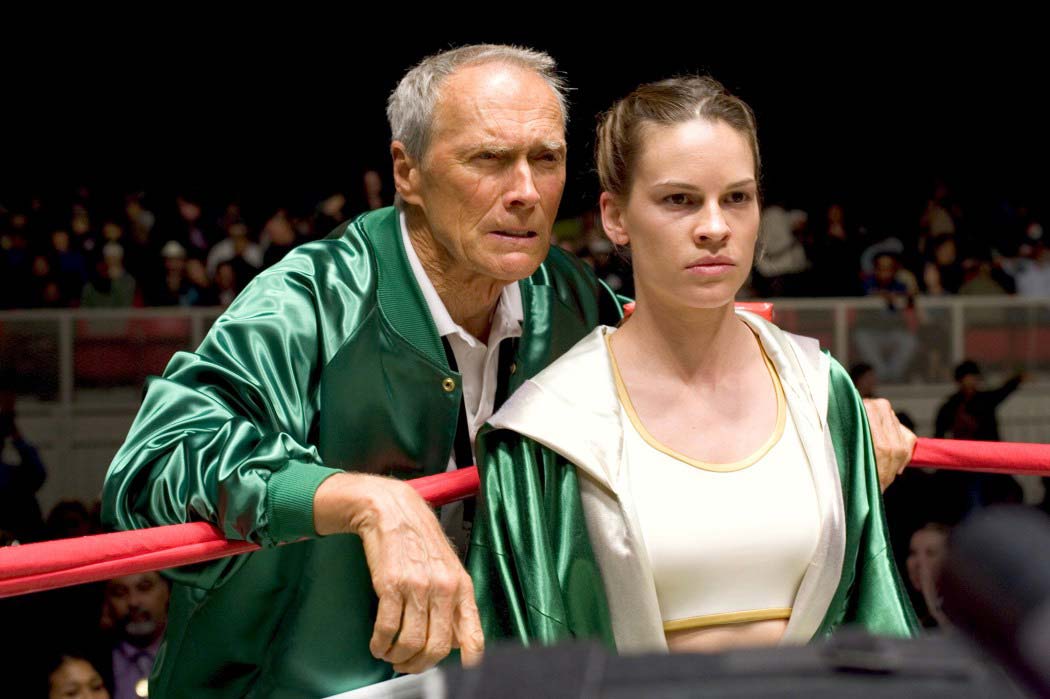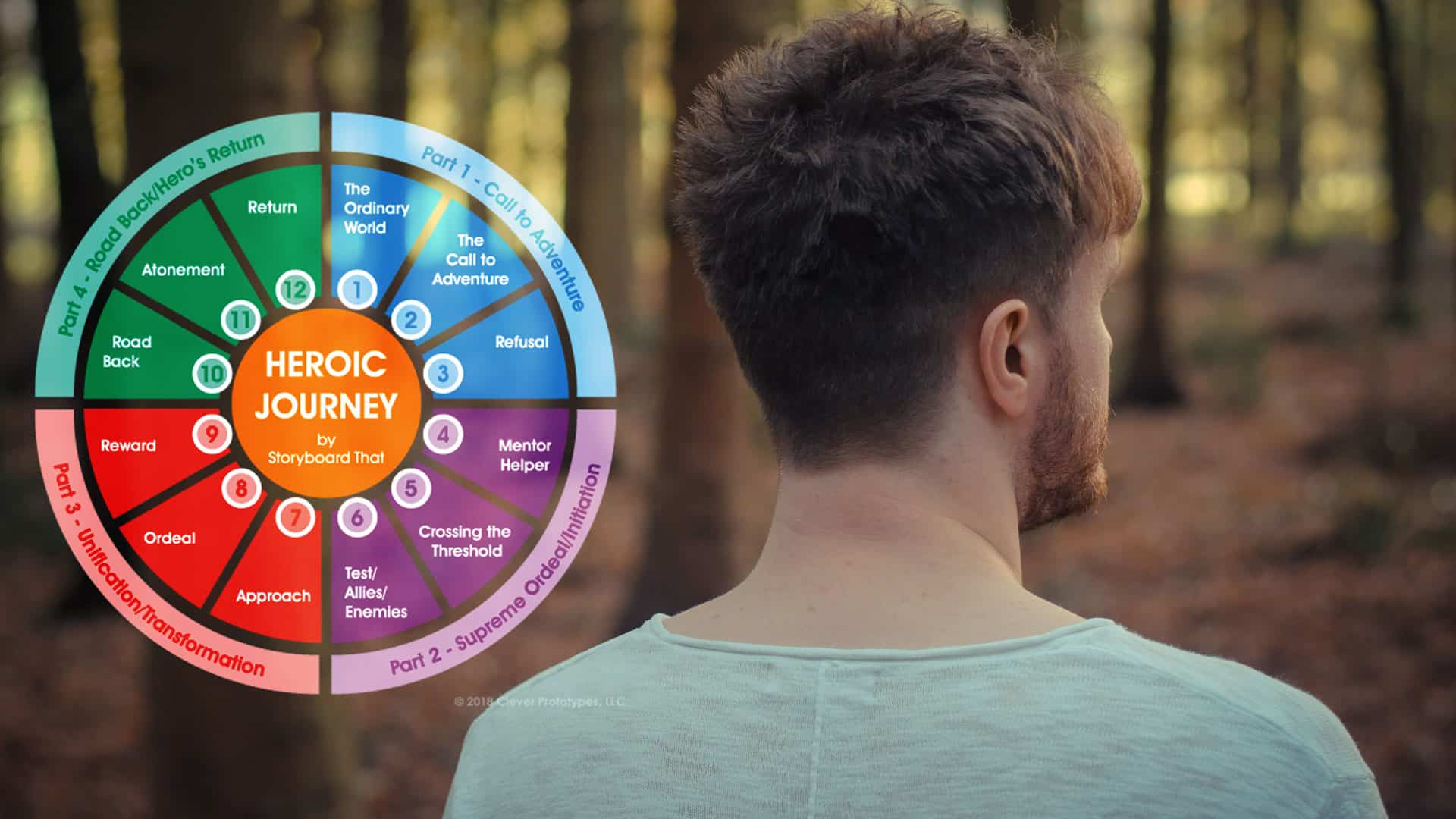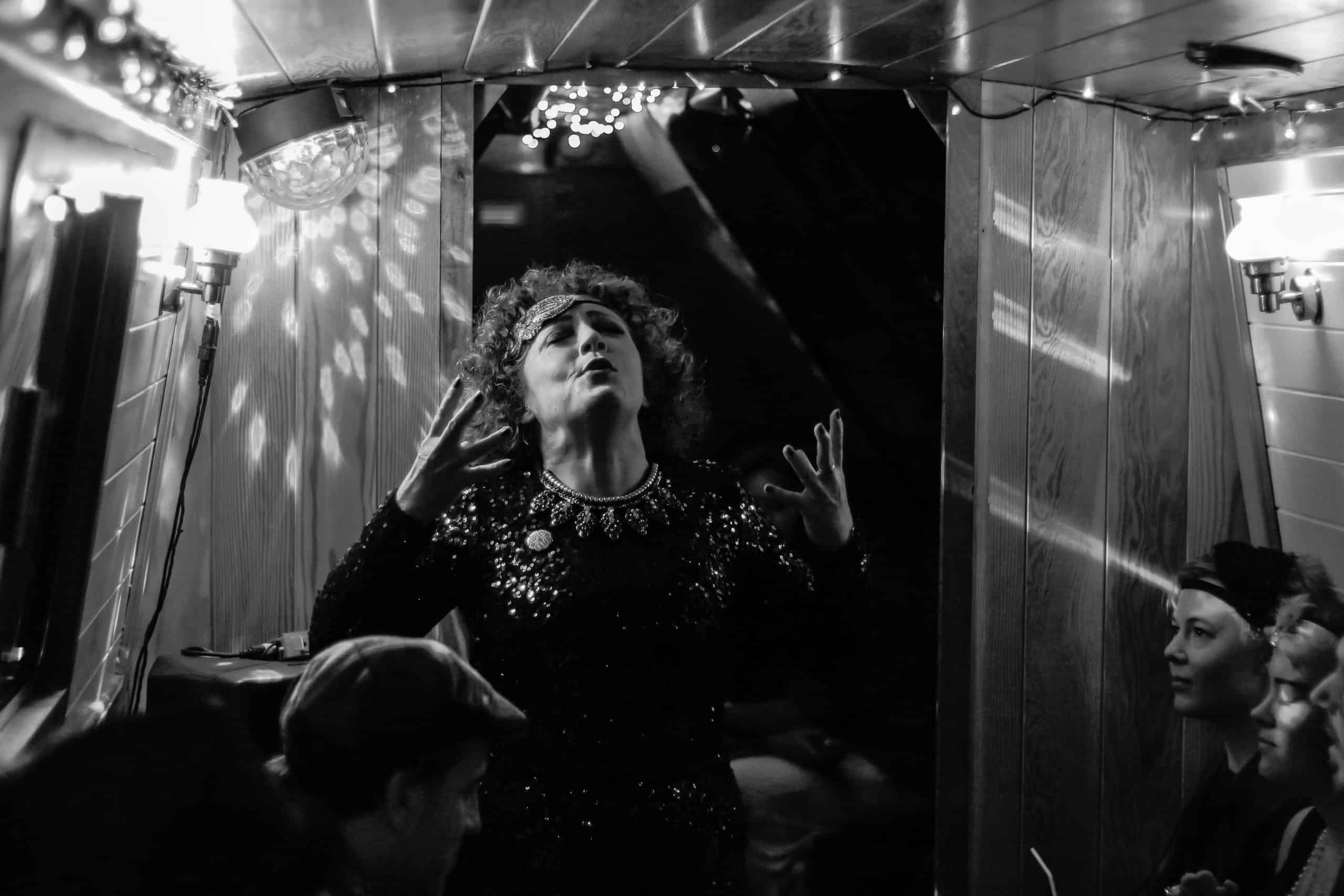Now more than ever, brands are becoming increasingly aware of the need to create and sustain authentic connections with consumers.
While facts, data and stats can demonstrate your credibility in a given market, this is only half the battle. Developing a brand identity that stands out from the crowd can transform your average advertising campaigns into extraordinary ones. That’s where storytelling comes in.
Using stories well can help you engage audiences emotionally, maintain their attention, and make your product or service feel personal. All of a sudden, your messages have a deeper dimension to them and are much more impactful and memorable.
So, how do you come up with a brand narrative that will resonate with your target audience and communicate it well? We sat down with former UK National Storytelling Laureate and founder of Narrative4Change, Katrice Horsley, to gain her expert opinion.
Why is Brand Storytelling Important?
Having combined her love of connecting with people and her passion for words and stories into Narrative4Change, Katrice now uses storytelling and narrative as a powerful tool in personal, community and organisational development. She believes that we can begin to replace false narratives with positive and empowering ones by exploring the stories of ourselves and those around us. So, just what is narrative in marketing and how can we harness its power? To understand this, we first need to understand what happens in the brain when we listen to and read stories.
“Anybody who worked with narrative knew that something very special happened between the audience and the teller,” explains Katrice, “…because of recent research, we have been able to find out why this is.” To explain this, she refers to neuroscientist Paul J. Zak and his research. On a flight home from Washington D.C. to California, Zak was surprised to find himself in floods of tears after watching Clint Eastwood’s ‘Million Dollar Baby’ for the first time.
Clint Eastwood and Hilary Swank in Million Dollar Baby (2004). Image: © 2004 Warner Brothers, Inc.
He began to wonder why, despite knowing himself to be removed from the situation, he had become so invested in the characters’ journeys that their suffering could have such an effect on him. Through a series of experiments, Zak and his colleagues found that film narratives with a dramatic arc caused increased levels of both cortisol and oxytocin in the brain of the viewer. Not only this, but they found that this increase of oxytocin – the ‘cuddle’ hormone – led to heightened empathy, which in turn led to positive post-viewing behaviour, such as donating money to a charity associated with the narrative.
Why Storytelling Matters in Marketing
When it comes to marketing, this knowledge is incredibly valuable. “People don’t buy products,” says Katrice; “they buy the story of who they will be if they have the product.” As brands, stories humanise us. You might believe in your product’s quality and features, but what makes it personal to the consumer? Katrice points to Nike as a great example of utilising narrative in their campaigns: “They show images of the life you will have when you wear Nike; of you running, of you trying, of you ‘just doing it’.” And, as she sees it, the brand – with its logo and tagline – is the key to the narrative. From here, consumers can gain an idea of who, or what, they will become if they buy a product. “A brand is nothing if it doesn’t have a story behind it.”
A true storyteller reacts and engages with their listeners, pulling more threads into the tapestry as the audience reacts. Writing a brand narrative is no different; the voice of the customer (VoC) is integral to each new chapter. The most successful companies understand that the customer is the protagonist, rather than placing themselves front and centre.
Localizing Your Brand Narrative
So, how do you keep the VoC at the forefront when your customer base is diverse, multilingual and spread across five different countries? Digital inclusion platforms – such as Kumul – that aim to capture data and amplify voices right across the value chain can offer a great solution here. Via Natural Language Processing and real-time translations, they enable brands to collect, understand and react to their audience and listeners, adapting their narrative accordingly.
Keeping the authenticity and passion when translating or localising a narrative can also be a challenging undertaking. As a native Brit, currently living in Sweden, Katrice has seen her fair share of dodgy translations. Her advice is to go for the overall intent of the message, rather than a word-for-word translation:
“With a direct translation, you might end up breaking it up into so many tiny pieces, that you lose the flow. It’s almost like taking a section of the ocean and subdividing it into little buckets and saying, there you go, there’s the ocean… no, it doesn’t work! So you have to, somehow, get something that flows like the ocean and churns like the ocean and turns like the ocean, in order to have that aspect of it.”
A Global Tale
As well as this, she recommends keeping in mind the generalities that connect us as humans, wherever in the world we are situated. While specificity is important, writers and translators should take care not to neglect the wider metanarratives that exist globally. “In almost every single language you will have this power of three; big, bigger, biggest; fast, faster, fastest; before, now, future…” she continues. “In some ways, the more specific you make something, the less inclusive it is.” She does, however, acknowledge the importance of being precise with your audience. As a solution, Katrice invites us to “embed that specificness in the metanarrative of those archetypes that exist around the world.”
The Heroes Journey
These umbrella, or meta, narratives are part of the reason why certain stories have been able to stand the test of time and remain popular across so many different cultures. Regardless of where we come from, we are all familiar with certain themes, tropes and stock characters from the stories we grew up with. Katrice mentions, for instance, how every country she has travelled to has a version of Cinderella.
Academics have theorised extensively on this subject; Joseph Campbell provides us with a template for the ‘Hero’s Journey’, while Christopher Booker suggests that there are only 7 basic plots that underpin all stories, their frameworks constantly being recycled and retold. “When you tap into those traditional archetypes and story structures, it’s like people are listening to them and remembering them,” says Katrice. “You’re tapping into what Jung would have called the collective unconscious… you’re tapping into something much deeper.”
Master Your Metaphors
Lastly, Katrice cannot stress the power of the metaphor enough. “[It’s] the quickest way to make something complex and powerful into something simple and clear,” she affirms. Through her own experience of coaching, she has discovered that metaphor is a particularly useful tool for demonstrating her point in a way that is easy to comprehend. What’s more, she has a fantastic one for us when it comes to branding and marketing:
“Your passion is like the sea and you’ve got the boat, which is your care, either for your customers or your participants or your subject. Then your rudder is your intellect and that directs the boat, it directs your audience to where you want them to go. But if your passion isn’t moving, your boat is stuck and your audience is not going anywhere. So you have to access the passion because the passion is what drives your boat forward and lands your customers where you want them to be.”
Storytelling and Digital Transformation
Like many other performers, Katrice is most at home on the stage. “I’m only 4”11,” she laughs, “but I take up a lot more space than that – that’s what you have to do when you’re on stage!” So, when the pandemic forced most of us online, she had to find a way to adapt to working digitally.
“I suddenly realised: the rules that apply to digital presentations and communication are completely different to those that apply to a physical stage. I realised that when I was using digital technology, I was only ever talking to one person at a time. That was the ‘eureka’ moment! I was literally having 1-1 conversations with 10 people at a time.”
Katrice Horsley at Club Opus
From Stage to Screen
Recognising this enabled her to change her approach – taking into account the emphasis on facial expression, with its micromovements, as well as the space between the presenter and the screen. With the aim of helping others to improve their digital communication skills, Katrice created a series of videos called ‘How to VaVaVoom Your Zoom’, available on her YouTube channel. “I was really blown away by how many people found it useful,” she comments. The series has been incredibly well-received, with Part 1 having been viewed around 5000 times at the time of writing. One commenter even thanks Katrice for helping her to land a new job!
Having kicked off with such a successful series, Katrice decided to upload a second. “It looks at how you can use storytelling within different arenas,” she explains. Full to the brim with little gems of knowledge, ‘The Secrets of Storytelling’ provides educators, business people and communicators of all kinds with an expert perspective on how to develop their narratives. If you’re looking to create a strong brand narrative – or even if you just want to know more about why storytelling is important in marketing – then this is the series for you.
The Happily Ever After
Katrice’s passion for what she does is palpable and her enigmatic presence makes it easy to see why she has been so successful in her field. While creatives have been hit especially hard by the events of the last year, she has been able to find a positive angle through her Youtube channel, while helping others in the process. If you want to hear more from Katrice (we certainly do!) you can check out her podcast, Unstuffing Our Story, available on multiple platforms.
At TextUnited, we believe that building a strong narrative is a must for any brand. Whether you think that exploring the art of storytelling could be beneficial to you, your community or your organisation, Katrice can work with you to set you off on the right path. Read more about what Narrative4Change offers here and start your new story today.
If and when you’re ready to start telling that story, in a new locale, to a new audience, in a new language; TextUnited can help to amplify your voice and carry it across borders.




